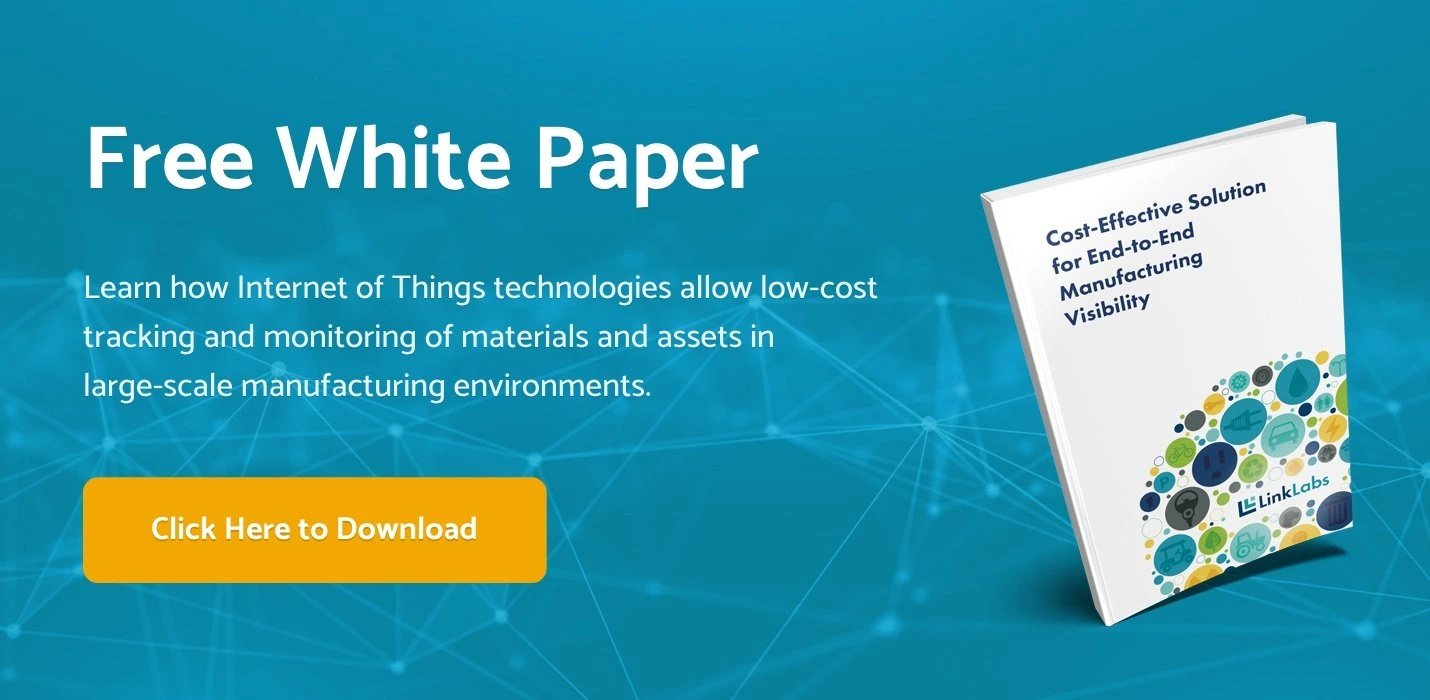There are a lot of uncertainties in IoT, but one thing you can count on when it comes to implementation is that you’re likely to encounter a minefield of “unknown unknowns.” (Remember this 2002 news briefing?)
Too many IoT implementation projects attempt to follow a typical product development process that revolves around known unknowns. Based on their knowledge of an industry problem and a deep understanding of their customers, organizations taking this path try to design, develop, and release an IoT solution using a straightforward approach, hoping to fulfill the market need successfully.
But the IoT being what it is, it’s the unknown unknowns that trip most of us up. Everything about the IoT is new, so nothing can be predicted with certainty.
The technology is still evolving. The solutions are often being tested for the first time. And we may think we understand how people will behave and interact with a product, but we’re often wrong. In my view, the human element, in terms of behavior and psychology, is a new frontier when it comes to the IoT—we don’t often see what we think we’ll see when people are confronted with a tech innovation for the first time. Remember how smart homes were—and sometimes still are—touted as a great idea? Turns out, a lot of people don’t want more tech in their houses to do something as simple as turn the lights on. (And if you do, here’s a simpler solution.) In contrast, traditional innovations, like new cars, for example, are much more predictable in their uses and appeal. This is especially true in the enterprise setting, where organizational behaviors can be deeply entrenched. Just because a solution has a great potential ROI, doesn’t mean that every employee will stand 100% behind it.
Another uncertainty revolves around funding. If you’re developing an IoT product for internal use, you probably already deeply understand the problem and your users (you may need to track or monitor things internally, for example). But you’re essentially asking your business to fund development based on a theoretical ROI, for example: We lose x percent of products to spoilage, so if we invest x dollars in creating a system to track it, we can estimate the solution will pay for itself within three years. But those assumptions—how much you’ll save and how much it will cost—might be off. (Projects are often way more expensive than people think.)
Finally, many industrial IoT projects fail because companies incorrectly guess not only about what people want but also about what will be genuinely useful. Just because you can remotely monitor the tire pressure in a truck doesn’t mean that information will be helpful to your business, or that doing so will save you money. For the amount of money you’ll be investing in your IoT implementation, it pays to have more definitive knowledge surrounding your product plans and how they’ll benefit your organization.
Link Labs’ IoT Implementation Methodology
At Link Labs, if failed IoT implementation examples have taught us anything, it’s this: The best way to develop an IoT product is to learn about the market while you’re building a solution.
Forget about the traditional process of starting with a design, then building and marketing it. Our IoT implementation methodology revolves around developing products in bite-size pieces.
We start with a prototype proof of concept for your idea and try to build that as quickly and cheaply as possible so you can get your solution into the field and in the hands of a few charter customers. The initial construction may be in rough form, but people will be actively using it.
The early responses you gather will be invaluable for finding out how people view the problem and the solution—what they are willing to buy, where they see value, and how they prefer to pay, for instance. There’s also lots to discover about your specific product, including how it will connect to the network, where it will be used, and other things. The goal is to determine whether this is the solution people really want. In almost every case you’ll have to go back and redesign the module or product in some way, maybe even multiple times. But we think it’s better to truly understand the problem and the interface before spending millions of dollars in development.
Need an experienced IoT implementation partner?
We’ve helped numerous companies design an integrated IoT solution specific to their business needs. And if you’re interested in asset location and monitoring (where most enterprises are seeing the highest ROI in IoT right now), ask us about AirFinder.
Many organizations use AirFinder as the foundation for their asset tracking solutions, taking advantage of the significant investment and learning we’ve done over the years to save themselves time and money. We start by installing the system as is, so you can see and experience it in your own use case. From there, we can either add additional components to it to address your specific needs, or you can develop your own software module to build on top of it. It’s easier than starting from scratch and more cost-effective than other asset tracking systems. If you’re ready to start developing and using your IoT solution in the very near future, get in touch to talk about how we can help.





